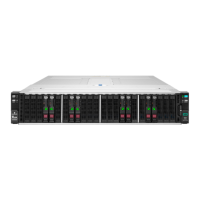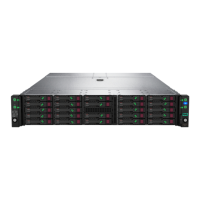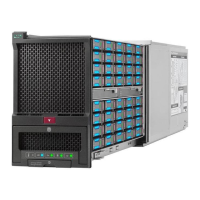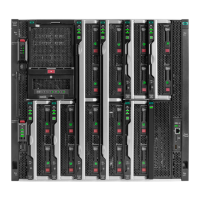Intel Xeon Scalable Processors supported on HPE
ProLiant Gen10 servers
Depending on the compute module, HPE ProLiant Gen10 servers can support either first or second-
generation Intel Xeon Scalable processors.
To determine the generation, look at the four-digit processor model number.
• If the second digit is a 1 (X1XX), you have a First Generation Intel Xeon Scalable processor.
• If the second digit is a 2 (X2XX), you have a Second Generation Intel Xeon Scalable processor.
IMPORTANT: Existing HPE ProLiant and HPE Synergy Gen10 server products containing First
Generation Intel Xeon Scalable Processors may not be upgraded to Second Generation Intel Xeon
Scalable Processors at this time. For more information, see the product QuickSpecs on the Hewlett
Packard Enterprise website (http://www.hpe.com/info/qs).
DIMM and NVDIMM population information
For specific DIMM and NVDIMM population information, see the DIMM population guidelines on the
Hewlett Packard Enterprise website (http://www.hpe.com/docs/memory-population-rules).
DIMM-processor compatibility
The installed processor determines the type of DIMM that is supported in the compute module:
• First Generation Intel Xeon Scalable Processors support DDR4-2666 DIMMs.
• Second Generation Intel Xeon Scalable Processors support DDR4-2933 DIMMs.
Mixing DIMM types is not supported. Install only the supported DDR4-2666 or DDR4-2933 DIMMs in the
compute module.
NVDIMM-processor compatibility
HPE 16GB NVDIMMs are only supported in servers with first generation Intel Xeon Scalable processors
installed.
DIMM handling guidelines
CAUTION: Failure to properly handle DIMMs can damage DIMM components and the system board
connector.
When handling a DIMM, observe the following guidelines:
• Avoid electrostatic discharge.
• Always hold DIMMs by the side edges only.
• Avoid touching the connectors on the bottom of the DIMM.
• Never wrap your fingers around a DIMM.
• Avoid touching the components on the sides of the DIMM.
• Never bend or flex the DIMM.
When installing a DIMM, observe the following guidelines:
30 Common issue resolution

